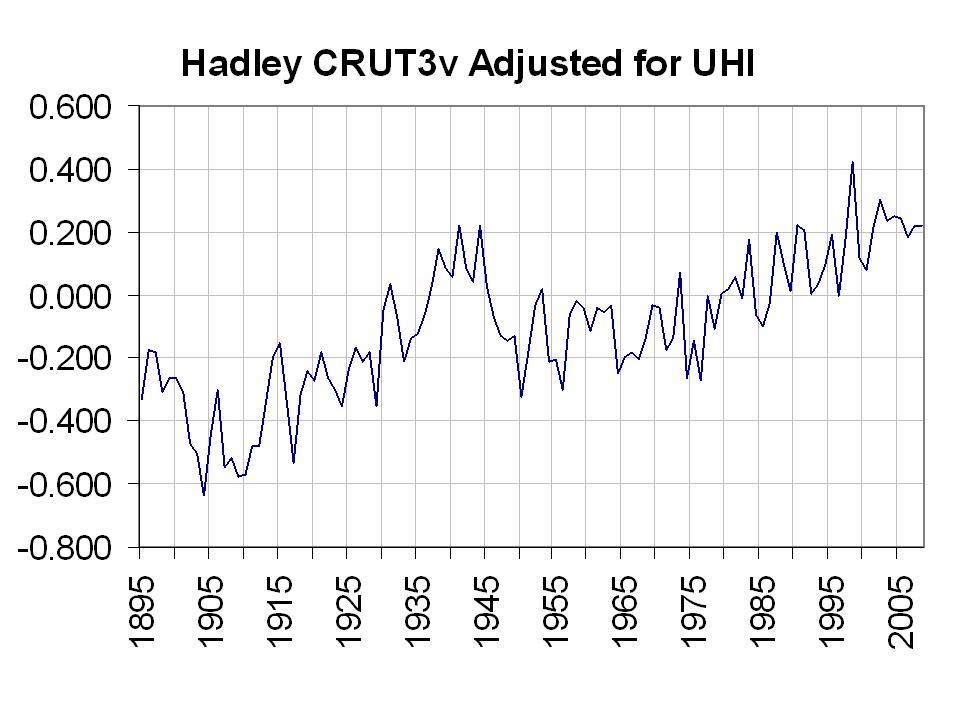Here's a story of scientific investigation and discovery I'm proud to have had a small part in. Regular readers may remember that I posted about a climate station in Detroit Lakes MN last week, surveyed by volunteer Don Kostuch, and cross posted it to the website http://www.climateaudit.org/?p=1828#comments that had two air conditioner units right next to it. It looked like an obvious cause and effect because in 1999 on May 5th, it was determined that the a/c units were moved off the roof of the radio station where this station resides and moved them to the ground where the temperature sensor is close by.

Detroit Lakes, MN surveyed by Don Kostuch - Don has single handedly done almost the entire state of Minnesota!
However, some folks on the blogosphere just went, well, a little ballistic over that assertion. It was a good thing too, because their very loud and somewhat uncivil complaints led to an examination of this idea: if its not the a/c units, what then did cause the temperature jump at that time?

Steve McIntyre, of Toronto operates www.climateaudit.org and began to investigate the data and the methods used to arrive at the results that were graphed by NASA's Goddard Institute for Space Studies (GISS).
What he discovered was truly amazing. Since NASA does not fully publish the computer source code and formulae used to calculate the trends in the graph, nor the correction used to arrive at the "corrected" data. He had to reverse engineer the process by comparing the raw data and the processed data..
Here is one of his first posts where he begins to understand what is happening. "This imparts an upward discontinuity of a deg C in wintertime and 0.8 deg C annually. I checked the monthly data and determined that the discontinuity occurred on January 2000 - and, to that extent, appears to be a Y2K problem. I presume that this is a programming error."
He further refines his argument showing the distribution of the error, and the problems with the USHCN temperature data. He also sends an email to NASA GISS advising of the problem.
He finally publishes it here, stating that NASA made a correction not only on their own web page, attributing the discovery to McIntyre, but NASA also issued a corrected set of temperature anomaly data which you can see here:
http://data.giss.nasa.gov/gistemp/graphs/Fig.D.txt
Steve McIntyre posted this data from NASA's newly published data set from Goddard Institute of Space Studies (GISS) These numbers represent deviation from the mean temperature calculated from temperature measurement stations throughout the USA.
According to the new data published by NASA, 1998 is no longer the hottest year ever. 1934 is.
Four of the top 10 years of US CONUS high temperature deviations are now from the 1930s: 1934, 1931, 1938 and 1939, while only 3 of the top 10 are from the last 10 years (1998, 2006, 1999). Several years (2000, 2002, 2003, 2004) fell well down the leaderboard, behind even 1900. (World rankings of temperature are calculated separately.)
Top 10 GISS U.S. Temperature deviation (deg C) in New Order 8/7/2007
Here’s the old order of top 10 yearly temperatures.

Detroit Lakes, MN surveyed by Don Kostuch - Don has single handedly done almost the entire state of Minnesota!
However, some folks on the blogosphere just went, well, a little ballistic over that assertion. It was a good thing too, because their very loud and somewhat uncivil complaints led to an examination of this idea: if its not the a/c units, what then did cause the temperature jump at that time?

Steve McIntyre, of Toronto operates www.climateaudit.org and began to investigate the data and the methods used to arrive at the results that were graphed by NASA's Goddard Institute for Space Studies (GISS).
What he discovered was truly amazing. Since NASA does not fully publish the computer source code and formulae used to calculate the trends in the graph, nor the correction used to arrive at the "corrected" data. He had to reverse engineer the process by comparing the raw data and the processed data..
Here is one of his first posts where he begins to understand what is happening. "This imparts an upward discontinuity of a deg C in wintertime and 0.8 deg C annually. I checked the monthly data and determined that the discontinuity occurred on January 2000 - and, to that extent, appears to be a Y2K problem. I presume that this is a programming error."
He further refines his argument showing the distribution of the error, and the problems with the USHCN temperature data. He also sends an email to NASA GISS advising of the problem.
He finally publishes it here, stating that NASA made a correction not only on their own web page, attributing the discovery to McIntyre, but NASA also issued a corrected set of temperature anomaly data which you can see here:
http://data.giss.nasa.gov/gistemp/graphs/Fig.D.txt
Steve McIntyre posted this data from NASA's newly published data set from Goddard Institute of Space Studies (GISS) These numbers represent deviation from the mean temperature calculated from temperature measurement stations throughout the USA.
According to the new data published by NASA, 1998 is no longer the hottest year ever. 1934 is.
Four of the top 10 years of US CONUS high temperature deviations are now from the 1930s: 1934, 1931, 1938 and 1939, while only 3 of the top 10 are from the last 10 years (1998, 2006, 1999). Several years (2000, 2002, 2003, 2004) fell well down the leaderboard, behind even 1900. (World rankings of temperature are calculated separately.)
Top 10 GISS U.S. Temperature deviation (deg C) in New Order 8/7/2007
| Year | Old | New |
| 1934 | 1.23 | 1.25 |
| 1998 | 1.24 | 1.23 |
| 1921 | 1.12 | 1.15 |
| 2006 | 1.23 | 1.13 |
| 1931 | 1.08 | 1.08 |
| 1999 | 0.94 | 0.93 |
| 1953 | 0.91 | 0.90 |
| 1990 | 0.88 | 0.87 |
| 1938 | 0.85 | 0.86 |
| 1939 | 0.84 | 0.85 |
| Year | Old | New |
| 1998 | 1.24 | 1.23 |
| 1934 | 1.23 | 1.25 |
| 2006 | 1.23 | 1.13 |
| 1921 | 1.12 | 1.15 |
| 1931 | 1.08 | 1.08 |
| 1999 | 0.94 | 0.93 |
| 1953 | 0.91 | 0.90 |
| 2001 | 0.90 | 0.76 |
| 1990 | 0.88 | 0.87 |
| 1938 | 0.85 | 0.86 |
1) Proving how the Mann "hockey stick" used in all Gore's movie, An Inconvenient Truth, was based on unsupportable data and methods.
2) Proving how yearly temperature anomalies for the USA are based on data that had been processed incorrectly.
Dr. Roger Pielke of the University of Colorado also deserves credit becuase he was the one who encouraged me to pursue the www.surfacestations.orgproject due to his broad work on land use change and it's affect on regional and local climate.


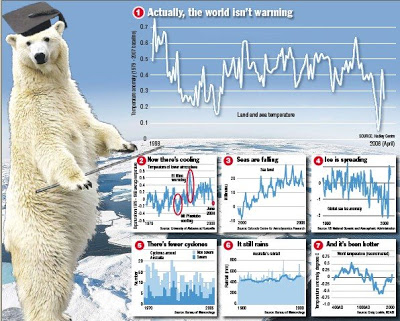 THESE are the seven graphs that should make the Rudd Government feel sick. These are the seven graphs that should make you ask: What? Has global warming now stopped? Look for yourself. They show that the world hasn't warmed for a decade, and has even cooled for several years.
THESE are the seven graphs that should make the Rudd Government feel sick. These are the seven graphs that should make you ask: What? Has global warming now stopped? Look for yourself. They show that the world hasn't warmed for a decade, and has even cooled for several years.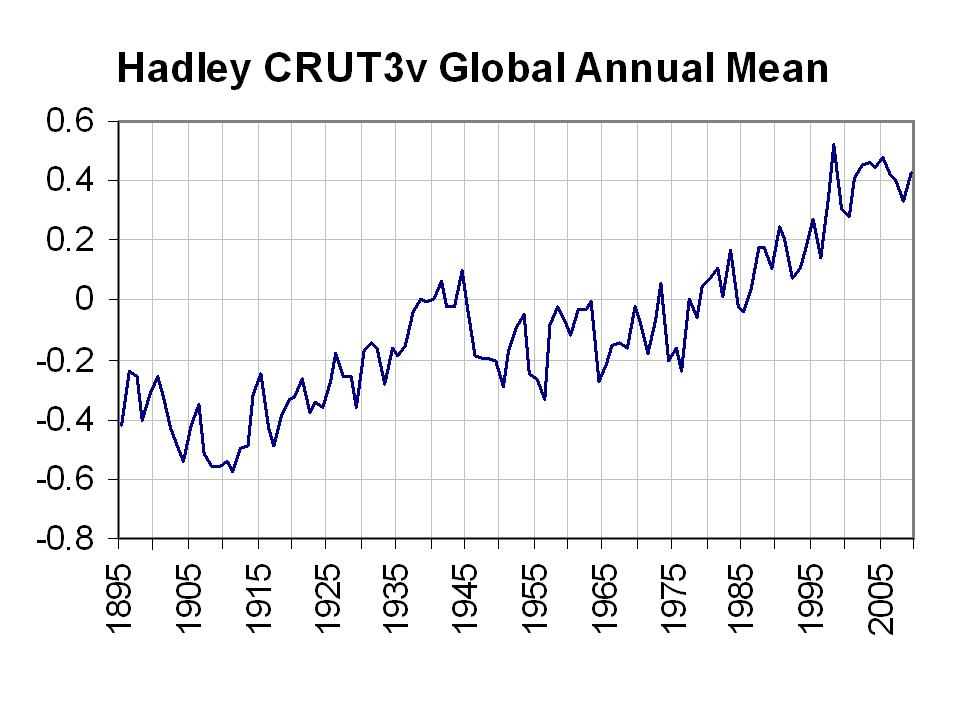
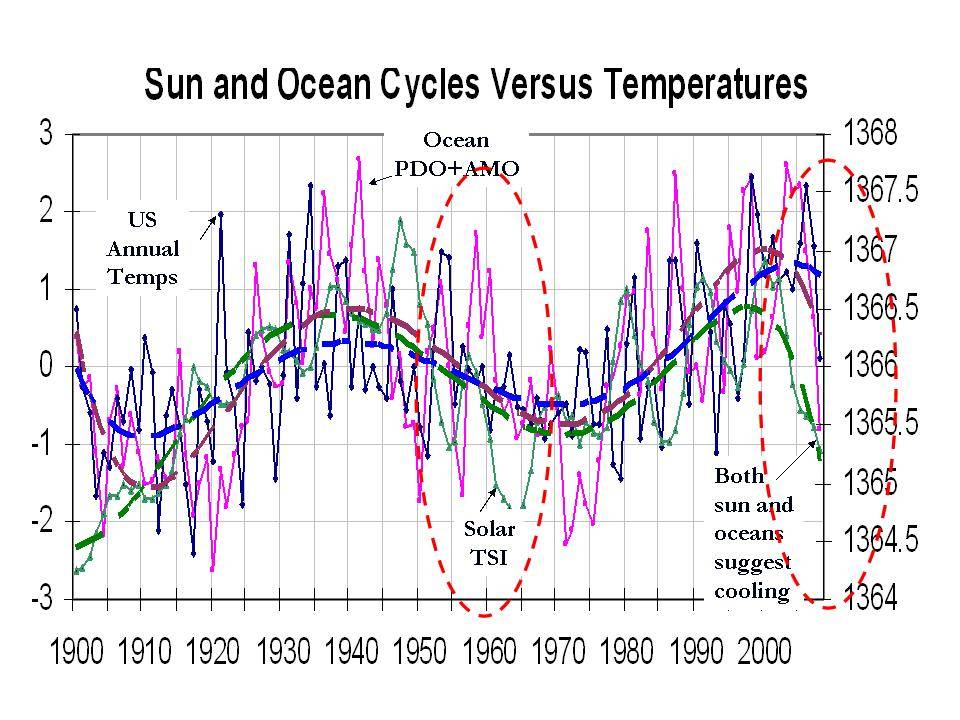 Click for larger image
Click for larger image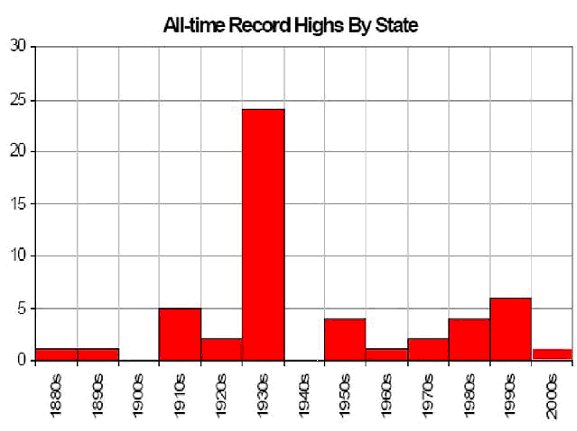 Click for a larger image
Click for a larger image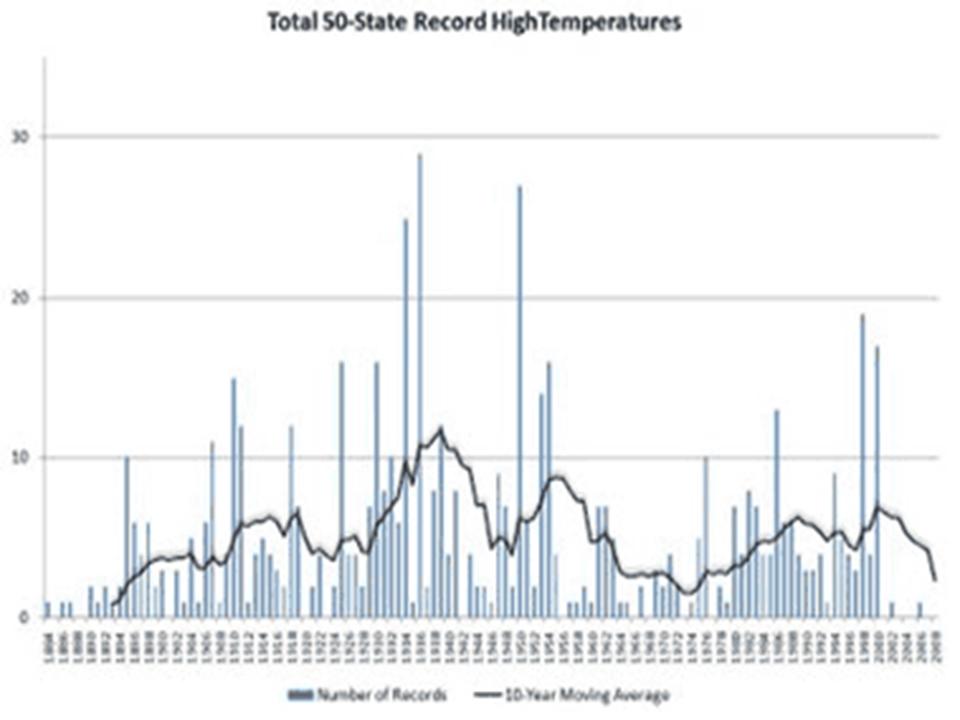
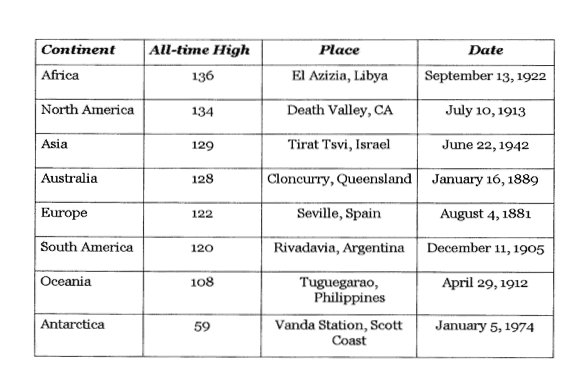
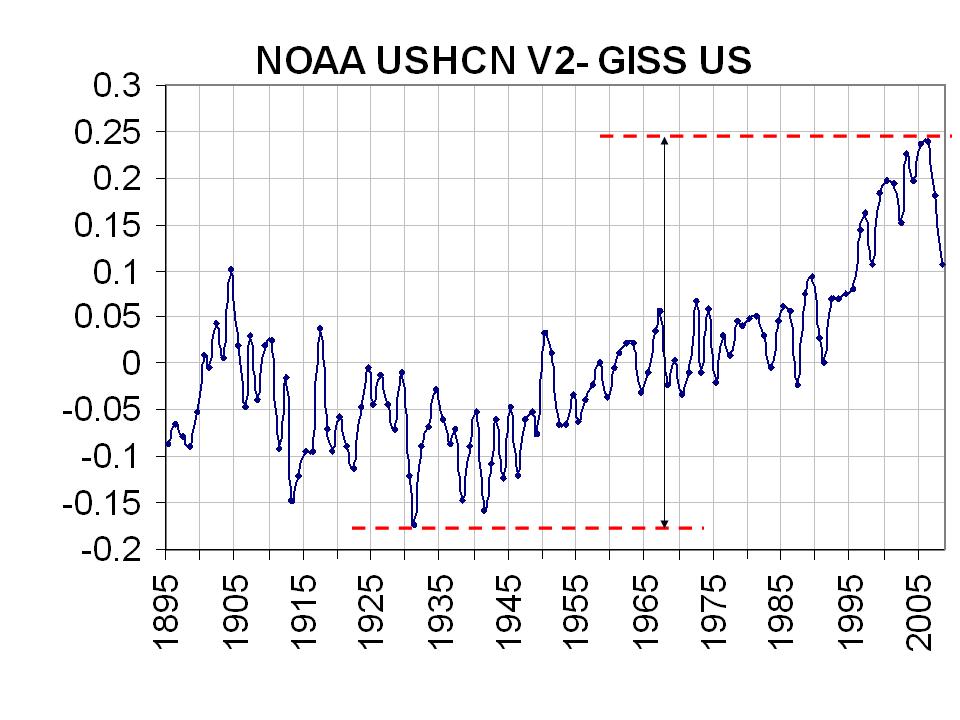 NOAA USHCNV2 -vs- GISS – click for larger image
NOAA USHCNV2 -vs- GISS – click for larger image